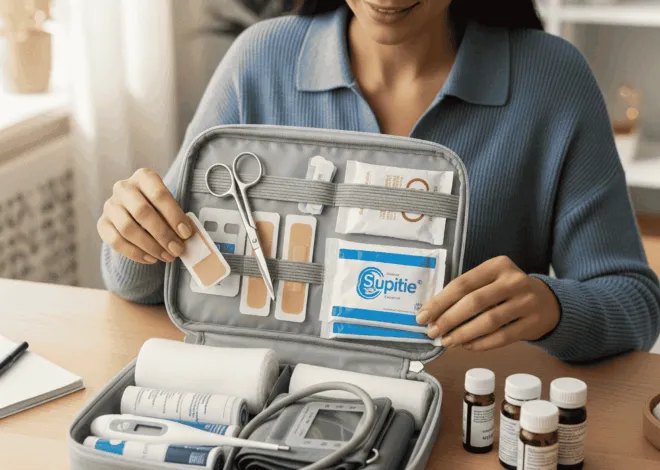The following is a guest post by Gloria Verret, RN, RN Remedies® blogger and pediatric nurse in the Liver and Kidney Transplant Unit at Children’s Hospital Los Angeles.
Have you heard the term “fever phobia?”
It’s a term I use when parents rush to maintain a normal temperature for their child, even though a fever could actually be a sign of their child’s natural virus-fighting abilities working hard in their body.
In this blog post, I’ll talk about how best to treat your child’s fever with over-the-counter (OTC) medicine and the difference between acetaminophen and ibuprofen.
Here are a few things to consider when giving your child OTC fever medication:
1. Stick to one formulation – Use one formulation of an over-the-counter medication. Do not switch between bottles of 50 mg and 100 mg over the course of the same fever.
2. Guidance for dosing – Acetaminophen overdoses are the most common single medication reported in children’s emergency room visits. The steps below will help you prevent an overdose in your child.
- Give the dose based on your child’s weight.
- Avoid using measuring cups or spoons from your kitchen drawer. Instead, use measuring devices from your pharmacist to be more accurate.
- Do not give more medication than the dosage listed.
- Do not give your child fever medication more than five times a day.
- Do not give fever medication to a baby under two months old
Word of Caution: Eighty percent of Tylenol® overdoses in children are from unsupervised ingestion by children. So parents should store the medicine where little hands cannot reach.
Acetaminophen vs. Ibuprofen: Which is Better?
Many parents swear by one particular brand of fever medications. The latest research on pediatric fevers from the American Academy of Pediatrics shows no evidence that one favorite fever brand of medication is better than another. Parents should feel free to give either of these medications to reduce fever or flu discomfort in their child. Of course, parents should follow the guidance on the bottle. In addition, I’ve provided some guidance below.
Alternating Acetaminophen and Ibuprofen is Not Safe!
Alternating these two fever treatments can lead to a risk of overdose for a child suffering a fever. As I explained in another recent blog post, alternating medications can be tricky and not recommended because it increases the risk for confusion for parents (and teens).
Acetaminophen is commonly dosed in amounts that allow for redosing every four hours. Ibuprofen is commonly dosed every six hours. As a result, timing can become confusing for busy parents.
Visit WeTreatKidsBetter.org to see what a Children’s Hospital Los Angeles pharmacist said about the risks of alternating fever medications, plus a list of things parents should avoid doing when attempting to bring their child’s fever down.





